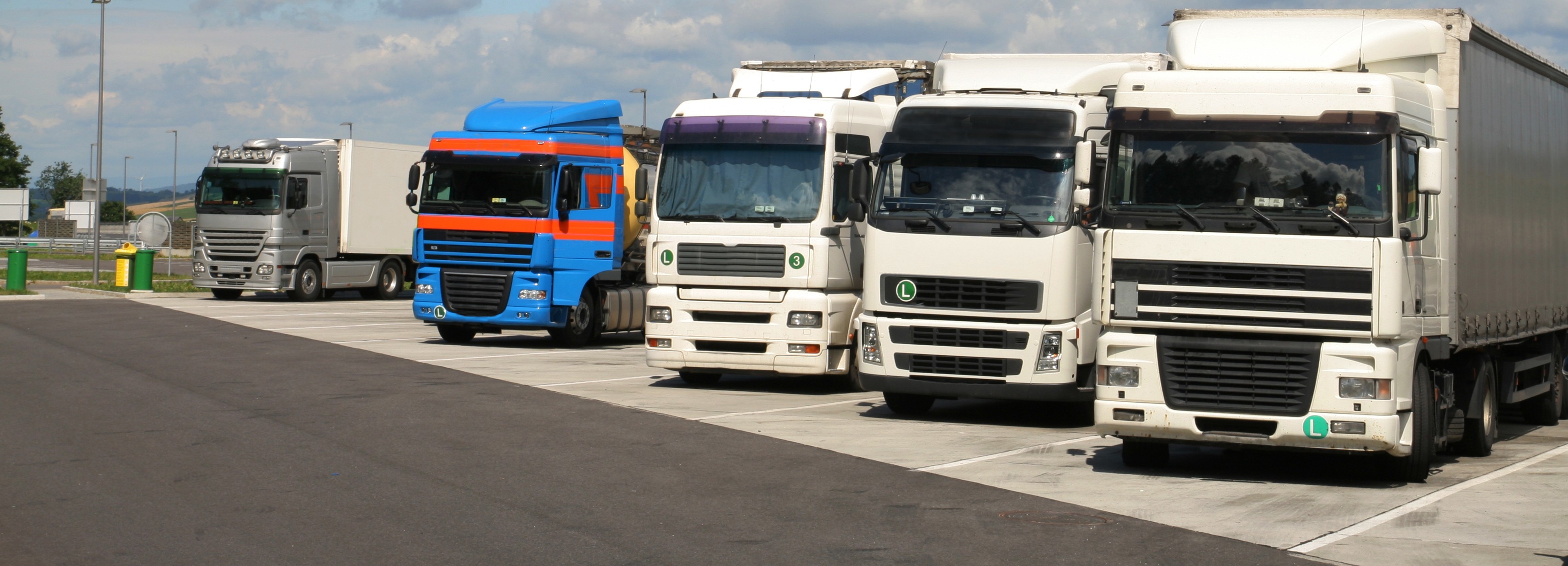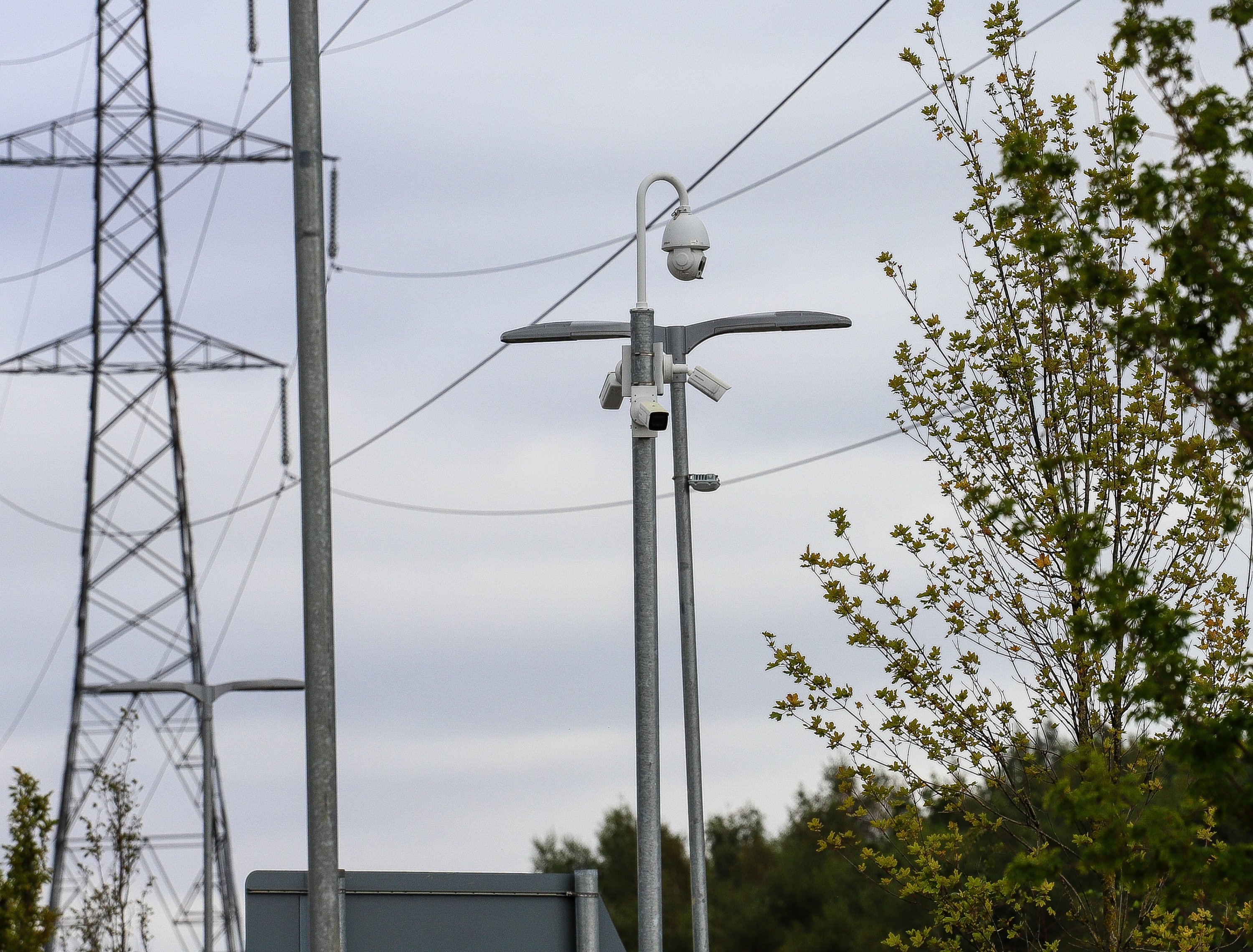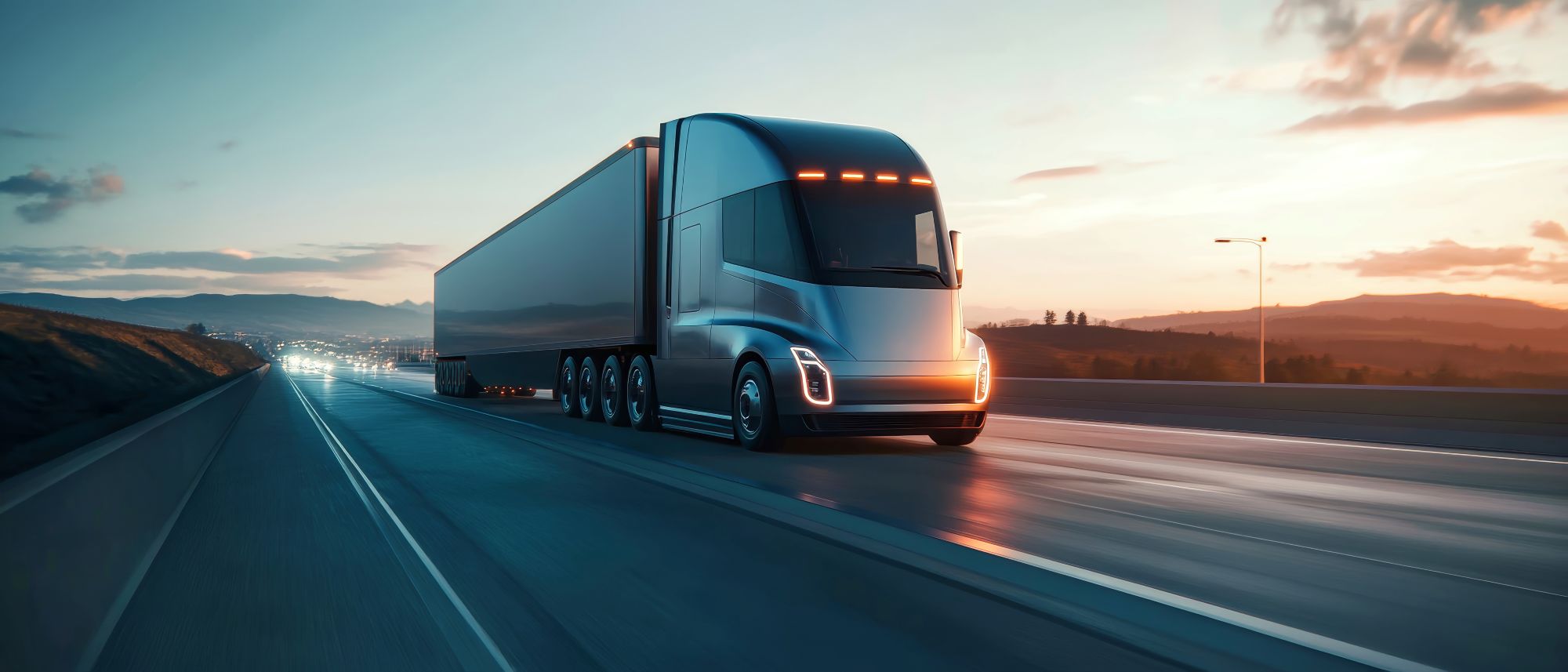
Miranda Blake
Kaj se šteje za "varno parkirišče za tovornjake"? Vozniki spregovorijo
Ustvarjeno: 09. 12. 2024
•
Posodobljeno: 09. 12. 2024
Eden največjih izzivov, s katerimi se soočajo vozniki, je iskanje varnih parkirišč. [Raziskava, ki so jo izvedli psi, ki nadzorujejo panogo (https://d3cez36w5wymxj.cloudfront.net/wp-content/uploads/2024/11/04184443/Lorry-Driver-Facilities-Survey.pdf), je pokazala, da mnogi menijo, da varnost na postajališčih za tovornjake ni na zadovoljivi ravni.
Poglobimo se v različne vidike, ki prispevajo k varnemu parkiranju tovornjakov z vidika voznikov, ter preučimo bistvene ukrepe in opremo. Poleg tega si bomo ogledali splošno okolje, ki spodbuja občutek zaščite.
Vloga parkiranja tovornjakov v logistiki
Vozniki tovornjakov morajo parkirati v skladu s strogimi predpisi o času počitka. Poleg tega potrebujejo lokacije, kjer se lahko spočijejo, napolnijo z gorivom in osvežijo brez strahu pred vlomom ali vandalizmom (https://snapacc.com/newsroom/tips-for-keeping-your-vehicle-secure-protecting-your-truck-from-theft/). Ker se približno 81 % tovora prevaža po cesti, je povpraševanje po varnih parkiriščih za tovornjake res ključnega pomena za uspeh panoge.
Neustrezni ukrepi lahko povzročijo hude posledice, vključno s krajo tovora, poškodbami vozil in osebno varnostjo. Zaradi tega vozniki pogosto izražajo razočaranje - to jih lahko odvrne od koriščenja odmorov in na koncu vpliva na njihovo uspešnost na cesti.
Bistveni ukrepi
Temeljni vidik varnega parkiranja tovornjakov je namestitev fizičnih ovir. Za preprečevanje nepooblaščenega dostopa je bistvenega pomena trdna ograja na obodu. Nujne so nadzorovane vstopne in izstopne točke, kot so vrata, ki zahtevajo dostop s ključno kartico ali kodo. Takšni ukrepi bistveno zmanjšajo verjetnost vdorov in povečajo splošno varnost.
Nujna je tudi učinkovita osvetlitev. Dobro osvetljena območja odvračajo od kriminalnih dejanj, voznikom pa dajejo občutek zaščite in samozavest pri vožnji po postajališčih za tovornjake, zlasti v nočnem času.
Pomemben vidik je tudi celovit video nadzor. Kamere CCTV morajo pokrivati celotno parkirišče, kar omogoča stalno spremljanje in snemanje dejavnosti. Številni vozniki tovornjakov cenijo, da so njihova vozila in tovor pod 24-urnim nadzorom, saj to lahko učinkovito odvrača morebitne storilce kaznivih dejanj.
Prisotnost usposobljenega varnostnega osebja je dodatna stopnja zaščite. Varnostniki se lahko hitro odzovejo na incidente, pomagajo in so vidno prisotni, kar povečuje splošni občutek varnosti. Vozniki tovornjakov so pogosto bolj mirni, če vedo, da so na kraju prisotni strokovnjaki, ki lahko poskrbijo za vse morebitne težave.
Ključnega pomena so lahko dostopni sistemi za komunikacijo v sili - na voljo morajo biti telefonske govorilnice ali domofoni, ki voznikom omogočajo, da se po potrebi hitro obrnejo na varnostno službo ali krizne službe. Na oddaljenih območjih, kjer takojšnja pomoč morda ni takoj na voljo, je ta funkcija še posebej pomembna.

Dodatne funkcije
Tudi čista in dobro vzdrževana stranišča in tuši so zelo cenjeni, zlasti na dolgih potovanjih. Na te prostore je treba razširiti ukrepe, ki zagotavljajo, da so zaklenjeni in pod nadzorom - to ne bo povečalo le udobja voznikov, temveč bo prispevalo tudi k njihovemu splošnemu občutku varnosti.
Čeprav ni neposredno povezano z varnim parkiranjem tovornjakov, lahko dodatna oprema bistveno izboljša splošno udobje na parkirišču. Možnosti za hrano in pijačo, dostop do brezžičnega interneta in električni priključki za hladilne prikolice so dobrodošli za bolj prijazen prostor. Koristne so lahko tudi osnovne storitve vzdrževanja, ki voznikom tovornjakov omogočajo reševanje manjših težav, ne da bi zapustili prostor.
Ustvarjanje boljšega okolja
Varno parkirišče za tovornjake mora učinkovito skrbeti tudi za voznike. Veliko jih je povedalo, da se na nekaterih lokacijah počutijo podcenjene, kar lahko negativno vpliva na njihovo izkušnjo. Tisti, ki s tovornjakarji ravnajo spoštljivo in zagotavljajo prijazno vzdušje, spodbujajo ponovne obiske in krepijo zvestobo.
Vlaganje v usposabljanje osebja je nujno za izboljšanje tega stanja. Zaposleni morajo razumeti posebne potrebe voznikov tovornjakov in vedeti, kako zagotoviti odlično storitev za stranke.
Obravnava pomislekov voznikov
Pomembno je vedeti, da se voznice, ki predstavljajo majhen odstotek delovne sile v tovornem prometu, pogosto soočajo z dodatnimi izzivi glede varnosti. Številne ženske poročajo, da se v pretežno moških okoljih ne počutijo varne, zlasti kadar na postajališčih za tovornjake ni ustreznih varnostnih ukrepov - nujno je upoštevati njihove posebne potrebe in sprejeti ukrepe za zagotovitev njihove varnosti in zadovoljstva.
Pri nekaterih voznikih tovornjakov je treba upoštevati tudi to, da imajo posebne prehranske potrebe. Ponudba zdrave hrane in upoštevanje različnih prehranskih zahtev lahko izboljšata njihovo izkušnjo in prispevata k pozitivnemu počutju voznikov.
Prihodnost varnega parkiranja tovornjakov
Inovacije, kot so pametni nadzorni sistemi, samodejni nadzor vstopa in spremljanje v realnem času, lahko bistveno izboljšajo ukrepe. Postajališča za tovornjake, ki vlagajo v takšne rešitve, imajo več možnosti, da pritegnejo več voznih parkov in voznikov, ki iščejo varne možnosti.
Reševanje izzivov na tem področju zahteva sodelovanje med različnimi zainteresiranimi stranmi, vključno z vladnimi agencijami, logističnimi podjetji in upravljavci parkirišč. S sodelovanjem lahko te skupine razvijejo celovite strategije za izboljšanje varnosti in celotne izkušnje voznikov tovornjakov.
Zagovarjanje sprememb politike, ki dajejo prednost potrebam voznikov, je ključnega pomena za ustvarjanje varnejših okolij. Industrijske organizacije in zagovorniške skupine imajo lahko pomembno vlogo pri ozaveščanju o pomenu varnega parkiranja tovornjakov in spodbujanju zakonodajnih sprememb, ki podpirajo izboljšave infrastrukture.
Poiščite varne storitve
V družbi SNAP dajemo prednost varnosti voznikov in pomagamo parkiriščem za tovornjake, da to storijo z našim posebnim oddelkom za dostop in varnost. Od kamer in programske opreme ANPR do plačilnih terminalov, ovir, vstopnih sistemov in sistemov kamer CCTV - za postajališča za tovornjake, MSA, skladišča voznega parka in še več bomo vzpostavili vse potrebno za najboljšo zaščito voznikov, vozil in tovora.
Več o SNAP Access & Security tukaj, druge naše storitve (kot sta parkiranje in pranje) pa najdete na spletni strani SNAP.



